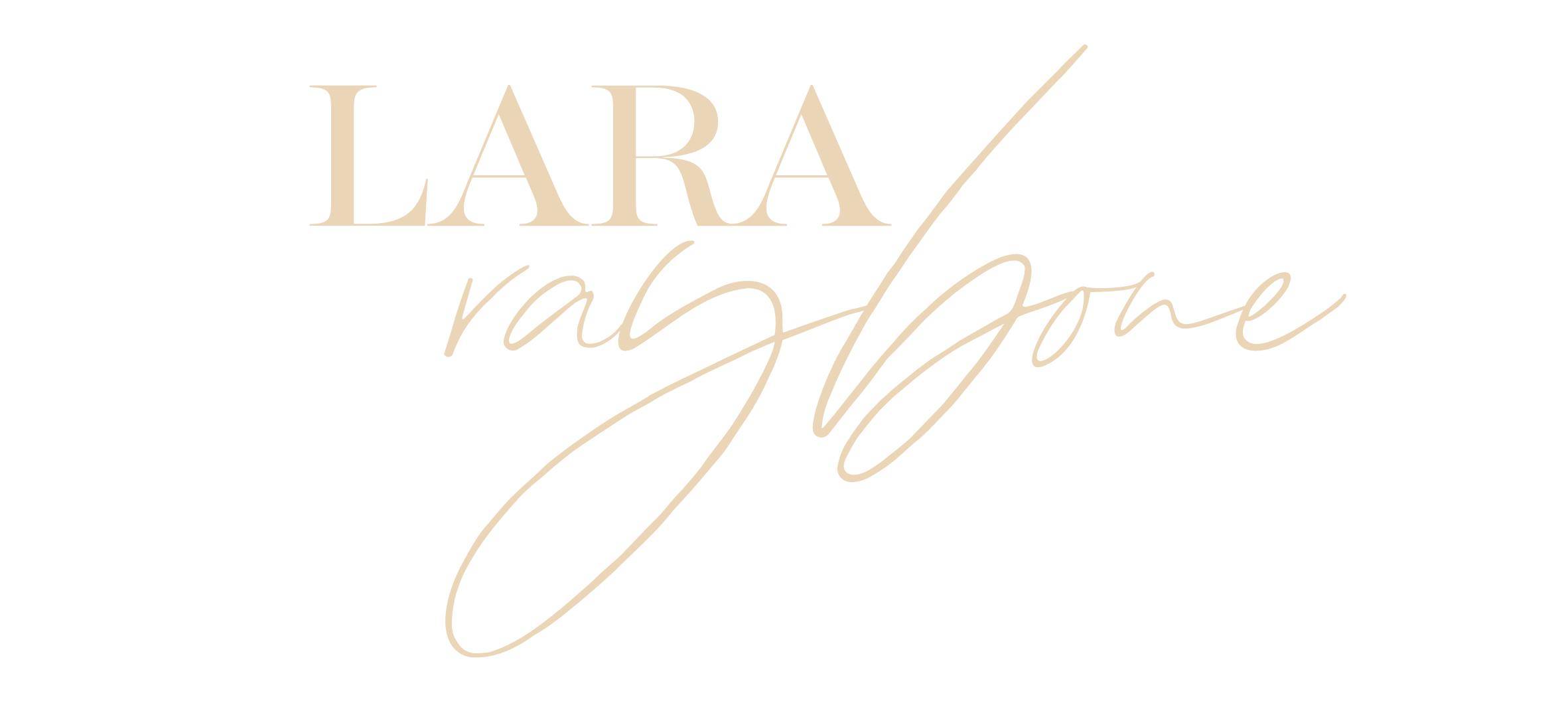Unlock Your True Potential: A Sacred Journey Through Inner Child Healing
Inner child healing is a profound, transformative journey that invites you to reconnect with the innocent, playful, and creative aspects of yourself—those precious parts that may have been overshadowed by the responsibilities of adulthood and the shadows of past experiences. This sacred process calls for a deep acknowledgment and nurturing of the emotional wounds and unmet needs from childhood, offering a gateway to a richer understanding of your behaviours and emotional patterns. By gently tapping into this vulnerable, yet potent, aspect of the psyche, we can unlock the true potential within, leading to personal growth and emotional resilience. Here, I will guide you through the steps and techniques for embarking on this path of self-discovery and healing, maintaining a compassionate and nurturing approach throughout. Prepare to journey into the world of inner child healing and uncover the boundless possibilities that lie within your soul.
Understanding the Inner Child
Who is the Inner Child?
The ‘inner child’ represents the pure, childlike essence within each of us—a repository of emotions, memories, and experiences from our earliest years. This part of ourselves is often characterised by qualities such as innocence, curiosity, and creativity. Yet, it also holds the unhealed wounds and unmet needs from our formative years. These unresolved issues can manifest in adulthood as emotional challenges or behaviours that seem irrational or difficult to shift. Understanding the inner child means recognising how these early experiences continue to shape our perceptions and responses in the present. It is an invitation to acknowledge how the past weaves itself into the fabric of our daily lives, influencing our choices and feelings. By embracing this awareness, we pave the way for deeper self-compassion and emotional healing, fostering a life that is truly authentic and whole.
This 7 week programme is an embodied exploration, of the facets of the feminine, through the lens of sexuality. Click the image below to book your place.

The Importance of Inner Child Healing
Inner child healing is not merely an indulgence; it is vital for emotional well-being and personal development. The unresolved traumas and unmet needs of our childhood can quietly steer our adult behaviours and reactions, often resulting in anxiety, depression, or strained relationships. By addressing and nurturing the inner child, we can liberate ourselves from these negative patterns, allowing suppressed emotions to be released and unmet needs to be fulfilled. This journey cultivates a healthier self-image, promoting self-compassion and forgiveness—both of which are essential for mental well-being. Moreover, it empowers us to reclaim our innate creativity, joy, and playfulness, often lost amidst the demands of adult life. Engaging in this healing work leads to profound transformation, enhancing our ability to form meaningful relationships, make confident decisions, and live a more fulfilled life. Inner child healing is, indeed, the cornerstone of emotional resilience and authentic living.
Recognising Your Inner Child
Recognising your inner child begins with a deep dive into self-awareness and introspection. Pay close attention to moments when your emotional reactions seem disproportionately intense or when you feel a surge of unexplained sadness or anxiety. These signals often point to the presence of your inner child, longing for attention and care. Reflect on your childhood, considering any recurring themes or unresolved issues that may still influence you today. Journaling can be an invaluable tool in this process, allowing you to explore your past and uncover patterns. Reconnecting with activities that brought you joy as a child, such as drawing, dancing, or storytelling, can also help you tap into this sacred aspect of yourself. Approach this exploration with kindness and patience, acknowledging that your inner child holds both joys and wounds. By recognising and embracing this vital part of your psyche, you take the first step towards integrating your inner child into your adult life, laying the foundation for profound healing and growth.
Steps to Healing Your Inner Child
Acknowledging Past Wounds
The journey of inner child healing begins with the courage to acknowledge past wounds. This involves confronting painful memories and unmet needs that continue to shape your present life. Start by creating a safe, supportive environment where you can reflect on these experiences without judgement—be it through therapy, meditation, or journaling. Allow yourself to feel the emotions associated with these memories, whether they manifest as sadness, anger, or fear, and honour them as a crucial part of your healing process. Recognise that these wounds, while painful, are integral to your personal history and have shaped the person you are today. Acknowledging them is an act of self-empowerment, a decision to take responsibility for your healing and to move forward with grace. This process is not about placing blame, but about understanding and accepting your past, which is essential for building emotional resilience and personal growth.
Practising Self-Compassion
Practising self-compassion is essential in healing your inner child. It means extending the same kindness, understanding, and patience to yourself that you would offer a dear friend. Begin by recognising that all human beings have flaws and make mistakes; these do not define your worth. When self-critical thoughts arise, pause and consider how you might reframe them with empathy and gentleness. Engage in positive self-talk and affirmations that reinforce your inherent value. Take time to care for your emotional needs—whether through comforting activities or seeking support when necessary. Practising mindfulness can also help keep you grounded in the present, loosening the grip of past wounds on your current experiences. Through self-compassion, you create a nurturing inner sanctuary where your inner child feels safe to express and heal. This practice is a potent tool for overcoming negative self-perceptions and fostering a resilient, loving relationship with yourself.
Embracing Playfulness and Creativity
Embracing playfulness and creativity is a transformative step in healing your inner child. This process involves rekindling the sense of wonder and imagination often buried beneath the layers of adulthood. Encourage yourself to engage in activities that spark joy and curiosity, such as painting, dancing, or playing an instrument. These pursuits provide a non-judgemental space where you can express your emotions and reconnect with your true self. Playfulness can also be woven into everyday life through spontaneous adventures or light-hearted interactions. By granting yourself the freedom to explore and create without the fear of failure, you meet your inner child’s need for fun and self-expression. This revitalises your spirit, improves mental health, reduces stress, and enhances overall well-being. Embracing these qualities not only aids in healing but also enriches your life, creating a harmonious balance between adult responsibilities and childlike joy.
Techniques and Tools for Healing
Journaling for Self-Reflection
Journaling is a sacred tool for self-reflection and inner child healing. It offers a private, contemplative space to explore your thoughts, emotions, and experiences, helping you gain insights into your inner landscape. Dedicate regular time to write, allowing your thoughts to flow freely without concern for grammar or coherence. Use prompts like “What brought me joy as a child?” or “What unmet needs from my childhood still linger?” to guide your reflections. This practice can reveal patterns and memories that shape your current behaviours and feelings. As you write, notice recurring themes or emotions and explore how they connect to your inner child. Journaling not only facilitates the processing of past experiences but also encourages personal growth and emotional healing. By documenting your journey, you can celebrate your progress, strengthening the bond with your inner self.
Guided Meditation Practices
Guided meditation is a powerful technique for connecting with your inner child, offering a structured pathway to engage with your past self. These meditative practices typically involve visualisations led by a guide, either in person or through recordings, directing you to a serene mental space. During these sessions, you may visualise meeting your inner child, engaging in a nurturing dialogue, or revisiting joyful childhood memories. This process helps soothe emotional wounds, providing safety and comfort to your inner child. By regularly practising guided meditation, you cultivate a deeper relationship with this part of yourself, fostering healing and integration. Additionally, meditation reduces stress and enhances emotional resilience, contributing to overall well-being. As you become more comfortable with these practices, accessing and nurturing your inner child in daily life becomes more natural, supporting ongoing personal growth.
Visualisation Exercises
Visualisation exercises are an effective tool for healing your inner child, allowing you to create a mental sanctuary where you can explore past experiences and emotions safely. These exercises often involve imagining scenarios where you engage with your younger self. Begin by finding a quiet, comfortable place, close your eyes, and take deep breaths to centre yourself. Visualise a cherished place from your childhood—a beloved park, your bedroom, or even an imaginary world. Picture your younger self in this safe haven and approach them with kindness and curiosity. Ask what they need, how they feel, and offer comfort and reassurance. Regularly practising these visualisations helps you understand and heal the emotional wounds your inner child carries, fostering peace and emotional resilience in your adult life.
Overcoming Common Challenges
Navigating Emotional Resistance
Emotional resistance is a common challenge on the path of inner child healing. It often presents itself as reluctance to confront past experiences or fear of emotional vulnerability. Recognising this resistance is the first step towards moving through it. Understand that such feelings are natural and often arise from a need to protect yourself from pain. Address this resistance with patience and self-compassion, allowing yourself to feel discomfort without judgement. Breaking the healing journey into manageable steps can make it less overwhelming. For many, seeking support from a therapist or joining a support group can provide valuable guidance and reassurance. Remember, healing is rarely a linear process; setbacks are part of growth. By gradually embracing these emotions, you build resilience and cultivate a more open, accepting relationship with your inner child, laying the foundation for deeper healing and self-awareness.
Building a Support Network
Creating a support network is essential when navigating the complexities of inner child healing. This network can offer emotional stability, encouragement, and practical advice. Begin by identifying trusted individuals—friends, family, or colleagues—who understand your journey. Share your experiences and express the kind of support you may need. Consider joining support groups or online communities dedicated to inner child healing. These spaces provide a safe environment to connect with others who share similar challenges, fostering mutual understanding and empathy. Professional support, such as therapy or counselling, can also be invaluable, offering expert guidance and personalised strategies for healing. Remember, seeking help is a sign of strength, not weakness. A strong support network can make the healing journey less isolating, enhancing your resilience and capacity for growth.
Celebrating Personal Growth
Celebrating personal growth is a crucial element in the healing journey of your inner child. Recognising and honouring your progress reinforces positive change and motivates continued growth. Reflect on how far you have come, noting the emotional hurdles you have overcome and the insights you have gained. Celebrate these achievements by journaling about your journey, sharing with a trusted friend, or treating yourself to something that brings you joy. These celebrations are reminders of your resilience and the power of your healing efforts. They offer a moment to appreciate the newfound strength and self-awareness that accompany healing. By acknowledging your growth, you affirm that change is not only possible but deeply worthwhile, creating a foundation for ongoing self-discovery and emotional health. This practice fosters a sense of pride and accomplishment, further empowering your healing journey.
The Benefits of Inner Child Healing
Enhancing Emotional Well-being
Inner child healing significantly enhances emotional well-being by addressing unresolved childhood traumas and unmet needs. This sacred process enables you to understand and manage your emotions more effectively, leading to improved mental health. Reconnecting with your inner child allows you to release suppressed emotions and heal old wounds, reducing anxiety, depression, and emotional reactivity. This healing journey fosters greater self-awareness and emotional intelligence, equipping you to respond to life’s challenges with grace and resilience. As you learn to nurture and support your inner child, your capacity for self-compassion and empathy grows, enhancing overall well-being. This transformation often results in more balanced relationships, as you become more attuned to your own needs and those of others. Ultimately, healing your inner child establishes a foundation for a more joyful and fulfilled life, where emotional stability and peace are not just goals but lived realities.
Strengthening Relationships
Inner child healing plays a pivotal role in strengthening relationships by fostering healthier emotional connections and communication patterns. As you heal, you become more aware of how past experiences shape your interactions with others. This awareness allows you to respond more thoughtfully rather than react impulsively, reducing conflicts and misunderstandings. By addressing your emotional wounds, you develop deeper empathy and understanding, both for yourself and your loved ones. Enhanced emotional intelligence enables you to set healthier boundaries and express your needs clearly, promoting mutual respect and deeper connections. As you cultivate self-compassion and acceptance, you become less reliant on external validation, allowing your relationships to thrive on authenticity and genuine affection. Ultimately, healing your inner child enriches your emotional landscape, creating the foundation for more meaningful and supportive relationships where love and understanding can flourish.
Boosting Overall Happiness and Fulfilment
Inner child healing profoundly boosts overall happiness and fulfilment by fostering a deeper connection with your authentic self. This process involves recognising and nurturing the aspects of yourself that yearn for joy, play, and creativity—qualities often neglected in adulthood. As you heal, you liberate yourself from the constraints of past traumas and unresolved emotions, opening the path to a more joyous and liberated existence. This newfound freedom enhances your ability to experience and savour the present moment, fostering gratitude and contentment. By addressing and integrating these aspects of your psyche, you cultivate a sense of wholeness and self-acceptance. This holistic approach encourages a balanced lifestyle, aligning work, relationships, and personal interests with your true desires and values. Ultimately, inner child healing empowers you to live more fully, embracing life’s challenges and joys with a renewed sense of purpose and satisfaction, leading to a life rich with meaning and happiness.

